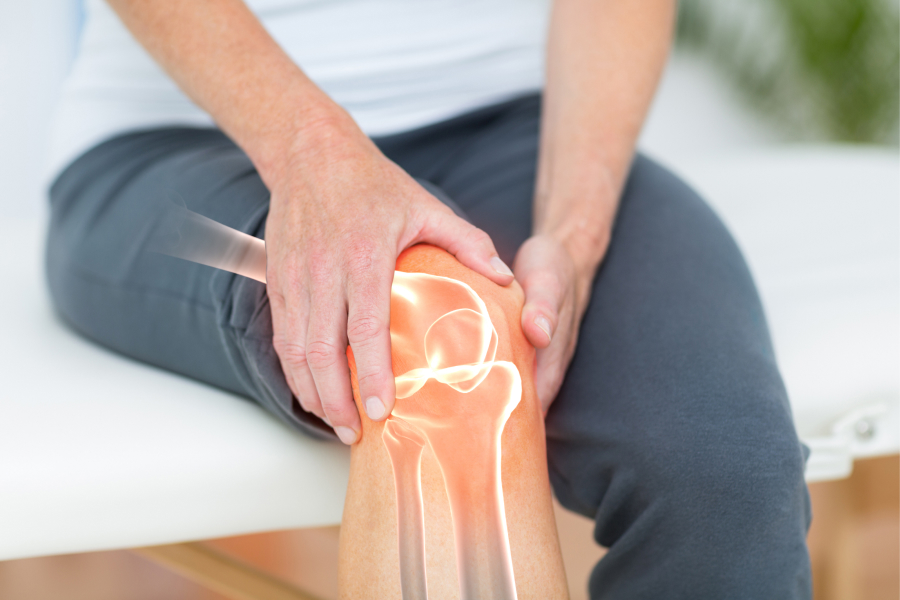Sometimes knee and back pain are related. But not always. Sometimes knee pain, one of the most common complaints among our patients at NW Regen, is independent of any back issues. In Part 2 of our series, we’ll answer a few more common questions.
Q: What kind of knee pain do I have?
The cause of knee pain can generally be broken down into two main categories. With the first, you’ve experienced an acute injury, such as with a broken bone or a torn ligament. With the second, there is normal wear and tear or stress on the knee, such as with osteoarthritis, patellar syndrome, or tendinitis.
Two of the most common injuries to affect the knee are a torn ACL and a torn meniscus. Both the ACL and meniscus typically act as stabilizers for the knee, so when they become damaged, it causes instability and intense pain. If your pain followed an acute physical injury, you may be suffering from one of these conditions.
With knee osteoarthritis, the cartilage in the knee deteriorates over time and is usually secondary to an older injury or from excessive wear and tear seen with aging. The cartilage that wraps around the bones breaks down and eventually wears away completely, leaving the bones to grind against each other, which can be extremely painful. This is the most common form of arthritis in aging adults.

Q: Why does it affect children of a younger age?
Most people associate knee problems with older adults. While understandable, due to the frequency of knee osteoarthritis, it is not always the case. Young adults and even adolescents can suffer from severe knee pain too.
For example, among young athletes, especially female athletes, adolescent anterior knee pain is common. This condition is usually caused by overuse of the knee due to intense training, or lack of coordinated motor activity in developing kids. Those who suffer from adolescent anterior knee pain may experience pain in the front and center of the knee, generally underneath the kneecap. Another common area is at the insertion of the patellar ligament onto the shin bone, which is very common in developing children.
Q: What is runner’s knee?
Runner’s knee (also known as patellofemoral stress syndrome or jumper’s knee), is a condition where the cartilage on the underside of the kneecap wears away causing the kneecap to rub against the end of the thigh bone.
Symptoms include sharp, burning pain, along with a grinding or clicking sound of the kneecap. When a runner adds impact to a bent knee, it causes an increase in pain. One way to distinguish runner’s knee from other knee conditions is when more pain is experienced when running downhill or down steep stairs. Additionally, the sharp, burning sensation around the knee is often confused with sciatica.
If you are experiencing knee pain due to injury or regenerative conditions, give us a call. We specialize in addressing the root causes of knee pain through interventional orthopedic and orthobiologic medicine, without surgery or drugs. Contact us for a free consultation.

Dr. Ryan Wood is a licensed Naturopathic and Chiropractic physician focusing on interventional orthopedic and orthobiologic medicine and injection therapies as well as general musculoskeletal and non-surgical orthopedic medicine.
With almost two decades of orthopedic practice across multiple disciplines, he has the necessary experience to ensure proper diagnoses and management of complex cases.


